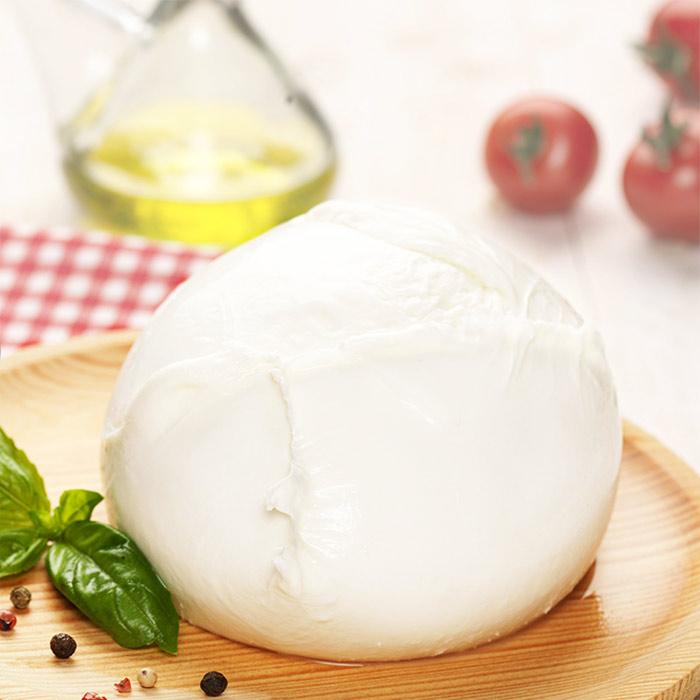Heavenly, creamy, delicate is the soft fresh Italian cheese that dreams are made of, and once tried, it will leave you with little doubt as to why it is crowned the queen of Italian cheeses.
What is Burrata?
Take the most exquisite mozzarella youve ever tried and imagine tearing it open with a fork (or even better, pulling it apart with your hands), and the smooth white outer skin revealing an oozing soft and creamy interior: the perfect combination of stracciatella cheese mozzarella the root of whose name, and fresh cream.
What does Burrata Mean?
Translated from Italian, burrata literally means buttery, a clue to the delicious melt in your mouth heart that awaits inside the pillowy exterior!
Where is Burrata From?
Burrata originally hails from the city of Andria in Murgia, in the Puglia region of Southern Italy, where it was first made around 100 years ago and is still made by hand with just three simple ingredients: cows milk, rennet, and cream.
What is the difference between mozzarella and burrata?
Mozzarella and burrata are both types of Italian semi-soft cheeses. Mozzarella is traditionally made with cow’s milk or water buffalo milk and has a denser texture and tangier flavor than burrata. If you want to try authentic mozzarella look for products that say Mozzarella di Bufala Campana and have the authentic stamp.
Burrata is made from an outer shell of mozzarella made from cow’s milk or water buffalo milk and filled with fresh cream and curds. Individual burrata is often sold wrapped in a green asphodel leaf. Its creamy texture is the greatest difference from mozzarella, which oozes out when sliced.
Types of Burrata
There are also several variations of burrata: the buffalo burrata is a pulled-curd cheese in a rounded shape and tied together with vegetal string, where a layer of cow/buffalo cheese hides a central filling of butter (burrata).
Throughout Southern Italy, its traditional to fill Provola cheeses of various sizes with butter. Then there’s also, burrito, which is also in the Slow Food Ark of Taste, and has its origins in Calabria and Puglia and are very high-fat cheeses that were created to conserve butter as long as possible.
How to Serve Burrata
Burrata is best eaten as fresh as possible – if you’re wondering how long you can keep burrata, it should be ideally enjoyed within 24 hours of being made, and always at room temperature.
What do you serve with Burrata?
The delicate creaminess balanced by mild acidity makes it delicious served as a salad with fresh tomatoes, prosciutto Crudo and good quality extra virgin olive oil.
Or for simplicity at its finest, try slices of burrito spread onto warm pieces of bread accompanied by a full-bodied red wine.
Burrata is also easy to cook with lending itself to antipasto as well as pasta dishes as well as with meat, fish, and vegetables.
Credit: https://www.finedininglovers.com/article/burrata-queen-italian-cheeses

